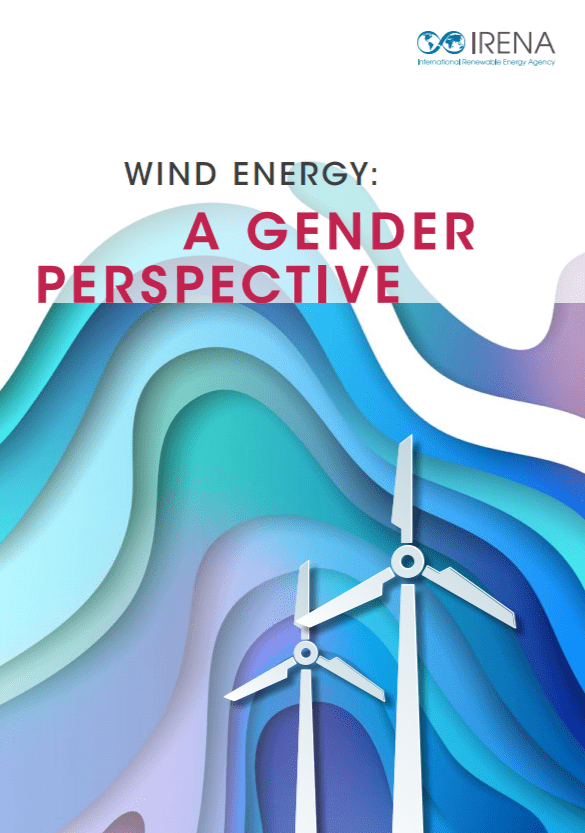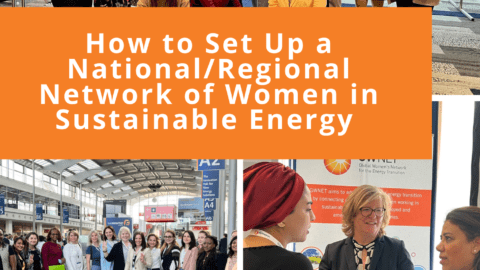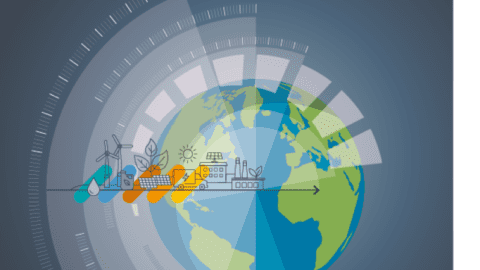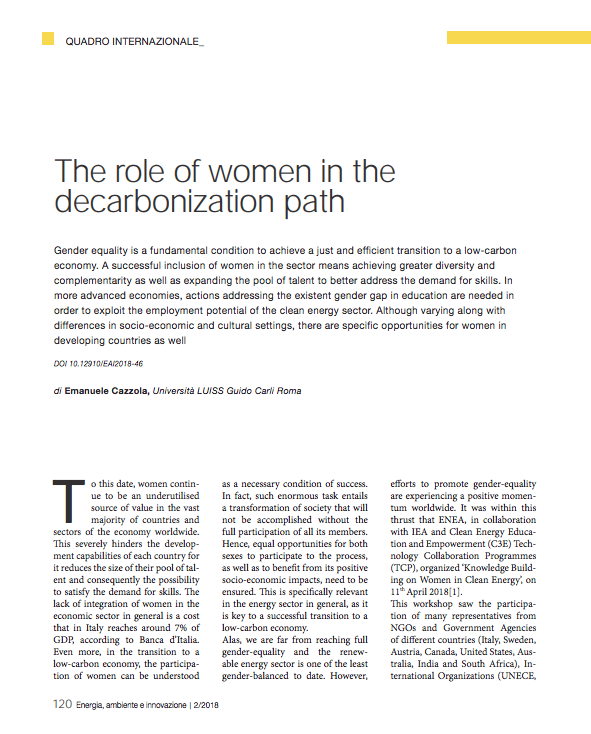Wind energy, like other parts of the global energy industry, remains largely male-dominated. Yet opportunities exist to improve the gender balance, make greater use of women’s skills, and entrench wind power as part of an inclusive and sustainable energy system for the future.
This brief tracks the presence of women across the wind energy value chain. Based on a survey of nearly a thousand individuals and organisations, it examines female representation, gender-inclusive policies, and perceptions of gender bias in the industry.
The International Renewable Energy Agency (IRENA) conducted the survey jointly with GWNET and the Global Wind Energy Council (GWEC).
Among other findings:
- Women represent only 21% of the wind energy workforce (based on survey responses), compared to 32% in renewables overall and 22% in traditional energy industries like oil and gas.
- Perceptions of gender roles and cultural-social norms form a major barrier to gender equality.
- Perceived wage inequalities are lower in wind energy (40%) than in the overall economy (68%).
- Women are generally perceived to possess valuable skills and knowledge.
- Europe and North America show the highest share of women in wind energy jobs, at 26%.
Download the full report here: Wind Energy: A Gender Perspective











